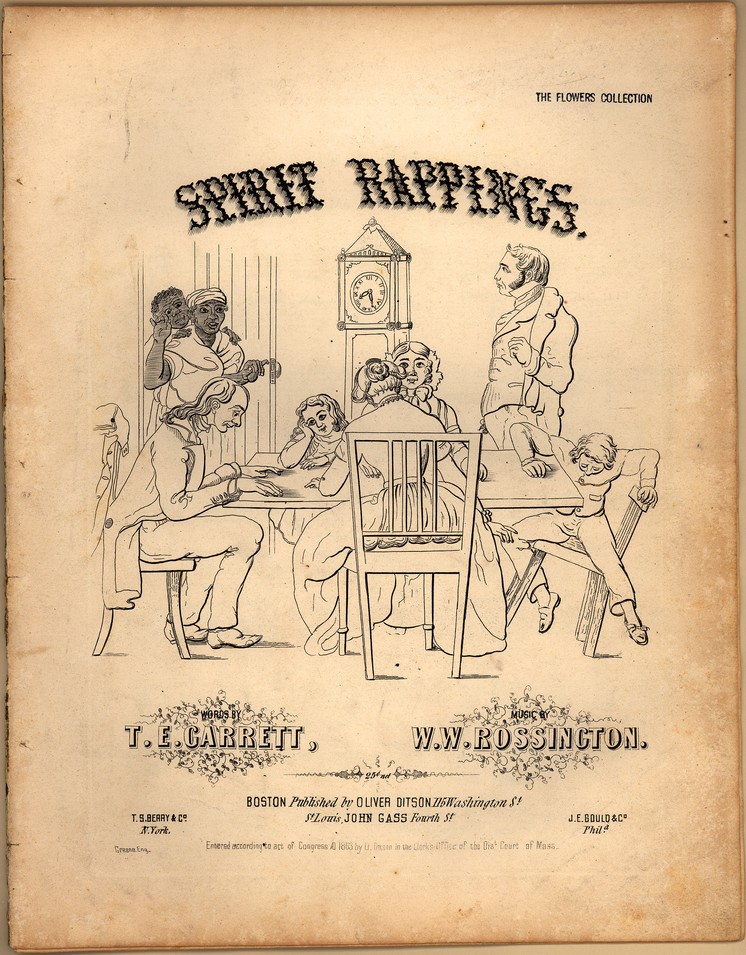timesonline.co.uk: WRT armageddon
Britain’s music industry as a whole grew by nearly 5 per cent last year, according to independent research published yesterday.
PRS for Music, the body that collects royalty payments and distributes them to artists and composers, said that the overall size of the UK music industry had risen by 4.7 per cent to £3.6 billion during 2008.
The figures, which were calculated by Will Page, the organisation’s chief economist, show that while the recorded music sector shrank by 6 per cent last year, the value of the live music sector increased by 13 per cent.
There was also a 14 per cent rise in the revenues collected by PRS for Music and a 7 per cent rise in sums collected directly by record companies from digital licensing — from the owners of web-based services such as Spotify and from the use of recordings in film, television, games and advertising.
Mr Page said that such revenues had grown for a second consecutive year and accounted for almost a fifth of the domestic income enjoyed by record companies, while a quarter of the music industry’s entire income was now derived from “business to business” revenues, such as licensing, advertising and sponsorship, which rose by 10 per cent to £925 million during the year, despite a drop in spending by advertisers.
He added: “What [the statistics] provide is an understanding of a value chain, which helps to counter much of the Armageddon-style hysteria that surrounds the state of the UK music industry. The point is that value doesn’t just disappear — rather, some will be lost, some displaced and some new revenues will enter the industry.”
What I’m skeptical about is the extent to which the live business came from heritage acts selling to baby boomers, because that’s a market which can’t last. Also because those bands just aren’t my thing.
That a quarter of the music industry’s entire income was now derived from business to business revenues, such as licensing, advertising and sponsorship
seems like really good news, because it’s a volume which is big enough to matter and a way of working that embraces innovative products.



 Lucas Gonze — Ella Waltz
Lucas Gonze — Ella Waltz
